Caption; Mabel Ndawula, Executive Director, dfcu Foundation
In a rapidly evolving economy like Uganda’s, where agriculture remains both the backbone and the beating heart of livelihoods, dfcu Bank is redefining what it means to invest in transformation that goes far beyond finance. Through its dfcu Foundation, the Bank is putting together innovation, sustainability, and inclusion to nurture a generation of resilient agripreneurs, youth-led enterprises, and women-driven businesses.
In this Q&A, Mabel Ndawula, Executive Director, dfcu Foundation, walks us through the vision behind the institution’s evolution from the Agribusiness Development Centre (ADC) into a more inclusive and purpose-driven platform. Mabel unpacks flagship initiatives such as FEAT (Financial Expansion for Agribusiness Transformation), a partnership with Rabo Foundation that blends capacity-building with finance and market linkages to empower over 100,000 farmer individuals across key value chains like coffee, dairy, cereals, and oilseeds, among others. She also highlights the Foundation’s digital transformation through tools like SOMA, its e-learning platform that is expanding reach to even the most remote agripreneurs.
Why did dfcu transition its Agribusiness Development Centre (ADC) into the dfcu Foundation?
The rebrand from ADC to dfcu Foundation was a deliberate move to reposition to better serve Uganda’s entrepreneurial and agricultural ecosystem. While ADC focused majorly on agribusiness value chains, dfcu Foundation expands that mandate to include micro, small and medium enterprises (MSMEs), youth-led enterprises, women entrepreneurs, climate resilience, financial literacy, and enterprise development. This shift aligns with our purpose of “Transforming Lives and Businesses in Uganda.”
What are the main focus areas/pillars of the dfcu Foundation?
The new entity concentrates on three core pillars:
- Enterprise Development: Sustainable capacity building for micro, medium and small enterprises (MSMEs), small holder farmers (SHFs), and agribusinesses, emphasizing women and youth.
- Expanding Financial Access: Making it easier for people to access affordable finance, especially underserved groups like MSMEs, small-holder farmers (SHFs), women and youth owned businesses.
- Protecting the Environment: Encouraging tree planting and sustainable practices in all foundation projects.
What is FEAT, what problem is it solving, and at what scale towards agriculture?
FEAT (Financial Expansion for Agribusiness Transformation) is our flagship program, co-funded by dfcu and the Rabo Foundation. The FEAT Program will directly support 2,280 agribusinesses and impact over 100,000 individuals through stronger value chains in coffee, livestock-dairy, cereals, and oilseeds. The program will train 80,000 learners—50% women and 40% youth—ultimately benefiting 400,000 Ugandans, based on average household size of five. To promote financial sustainability, the FEAT Program will facilitate UGX 100 billion in financial linkages UGX 100, including a catalytic revolving fund for early-stage enterprises not yet ready for commercial credit.
What digital or technology-driven tools is dfcu Foundation using to scale its support?
The Foundation runs SOMA, a free e-learning / digital self-learning platform available to Farmer-Based Organizations (FBOs), MSMEs, and individual agripreneurs, allowing flexible capacity building even in remote areas; and a Bean Book price-risk management platform that supports coffee exporters. Additionally, the Foundation has committed to embedding climate and environmental tools and to promoting data-driven decision-making among its clients.
Who are the target beneficiaries under the new model (farmers, MSMEs, etc.)?
The Foundation’s reach is large, and primarily targets the underserved populations including MSMEs, Small holder farmers and agribusinesses.
We focus on two key sectors: agriculture, and trade & business.
Under the agriculture sector, our target is the individual farmers, youth producer groups, farmer-based organization, cooperatives and other players in priority value chains, including coffee, dairy/livestock, cereals, and oilseeds.
Under the Trade & Business sector, we focus on Women in Business, Green Businesses, Oil & Gas Supply Chain, Family Businesses, Youth led Businesses, Investment Clubs and SACCOs.
Community groups/climate-resilient projects, including reforestation, green agri-innovations) are also important to the dfcu Foundation.
In the next five years, the Foundation aims to reach 100,000 beneficiaries, with 60% women and 40% youth among them.
How does the Foundation link farmers and agribusinesses to markets?
Market linkage is our core function. The Foundation helps clients engage with buyers, exporters, commodity aggregators, and formal value chains. Under the new architecture, the Foundation seeks to systematize these linkages, running matchmaking events, aggregating volumes, and assisting with quality standards, certification, and contract negotiations, so that farmers can access higher-value markets beyond local spot sales. Partnerships with AgTechs and market development experts are also leveraged to enhance opportunities for enterprises supported by the foundation.
Speaking about Best Farmers, why does dfcu Bank invest in the initiative year after year?
Best Farmers is a proven accelerator of agribusiness excellence. It showcases practical innovation, rewards farm professionalism, and, through the study tour in the Netherlands, exposes Ugandan winners to world-class production, branding, and value-addition practices. As a key long-term partner, we see it as a pipeline for Uganda’s next generation of agri-entrepreneurs and a platform to scale good practices across districts. This October 2nd, 2025, dfcu flagged off 13 national winners for a week-long learning tour, marking a decade of celebrating agricultural excellence.
Beyond sponsorships, how is dfcu Bank directly supporting farmers financially?
dfcu Bank runs a dedicated Agribusiness segment that serves the full value chain, including input suppliers, primary producers, processors, and traders/exporters, with tailored credit, flexible repayments, timely processing, and embedded capacity-building. The bank also offers a Farmer Group Account for registered groups and associations to mobilize savings and formalize cash flows, which are key to accessing larger financing.
Farmers worry about post-harvest losses and value addition. How do your programs respond?
We do this in two ways. First, our Best Farmers focus has explicitly prioritized value addition and proper post-harvest handling in recent editions. Second, through the Foundation, we pair financing with technical assistance and market linkages so that farmers can invest in storage, processing, and branding, thereby turning output into higher-margin products.
Can you quantify the Bank/Foundation’s agribusiness impact so far?
By the end of 2024, dfcu reported 1,281 agribusiness enterprises supported (and currently over 600 enterprises are undergoing assessments to benefit from ongoing programs), 63,615 learners have been trained to date, 59 million in business linkages, and 5,000 enterprises connected to tailored financial services, on top of a decade-long Best Farmers pipeline.
How is dfcu aligning with national priorities for agriculture?
Uganda’s economy is anchored in agriculture, as approximately 70% of the population is majorly involved in the Sector. The government emphasizes productivity, mechanisation, and export competitiveness. Best Farmers and FEAT complement that agenda by diffusing modern practices, building cooperative strength, and commercializing smallholder value chains, moving the sector from subsistence to enterprise.

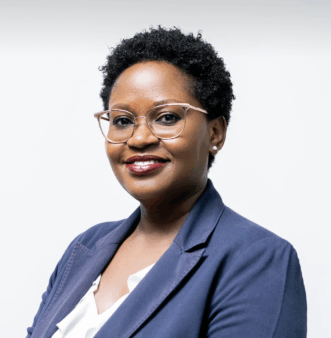



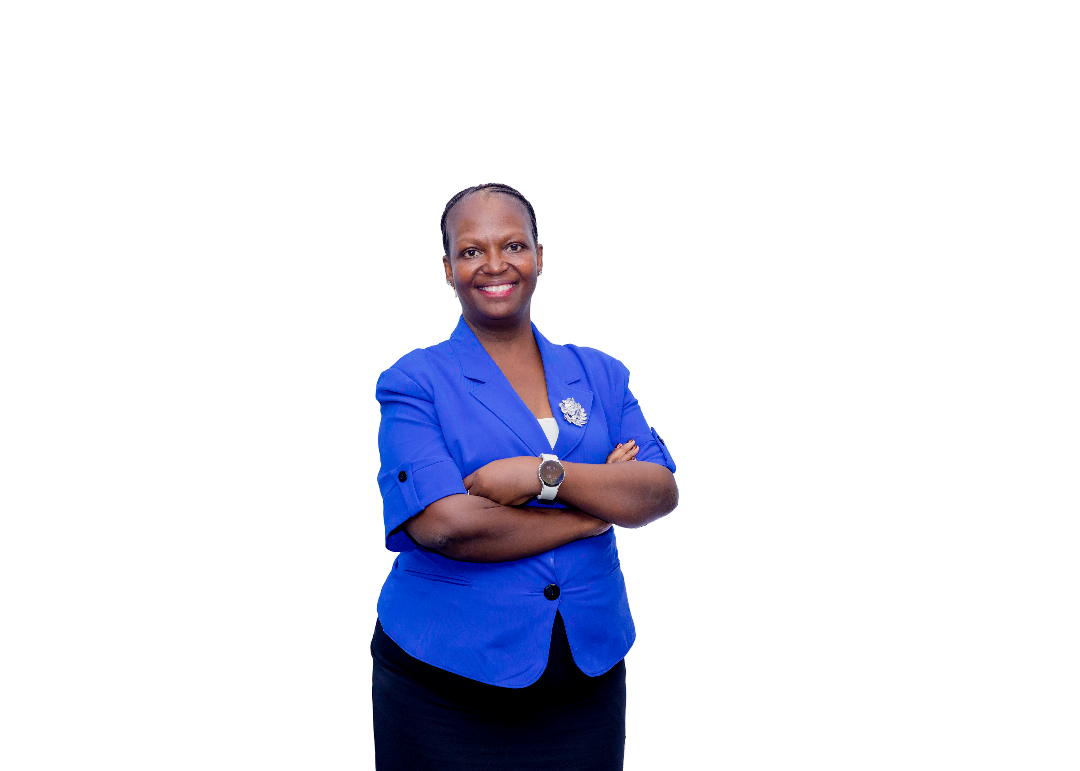
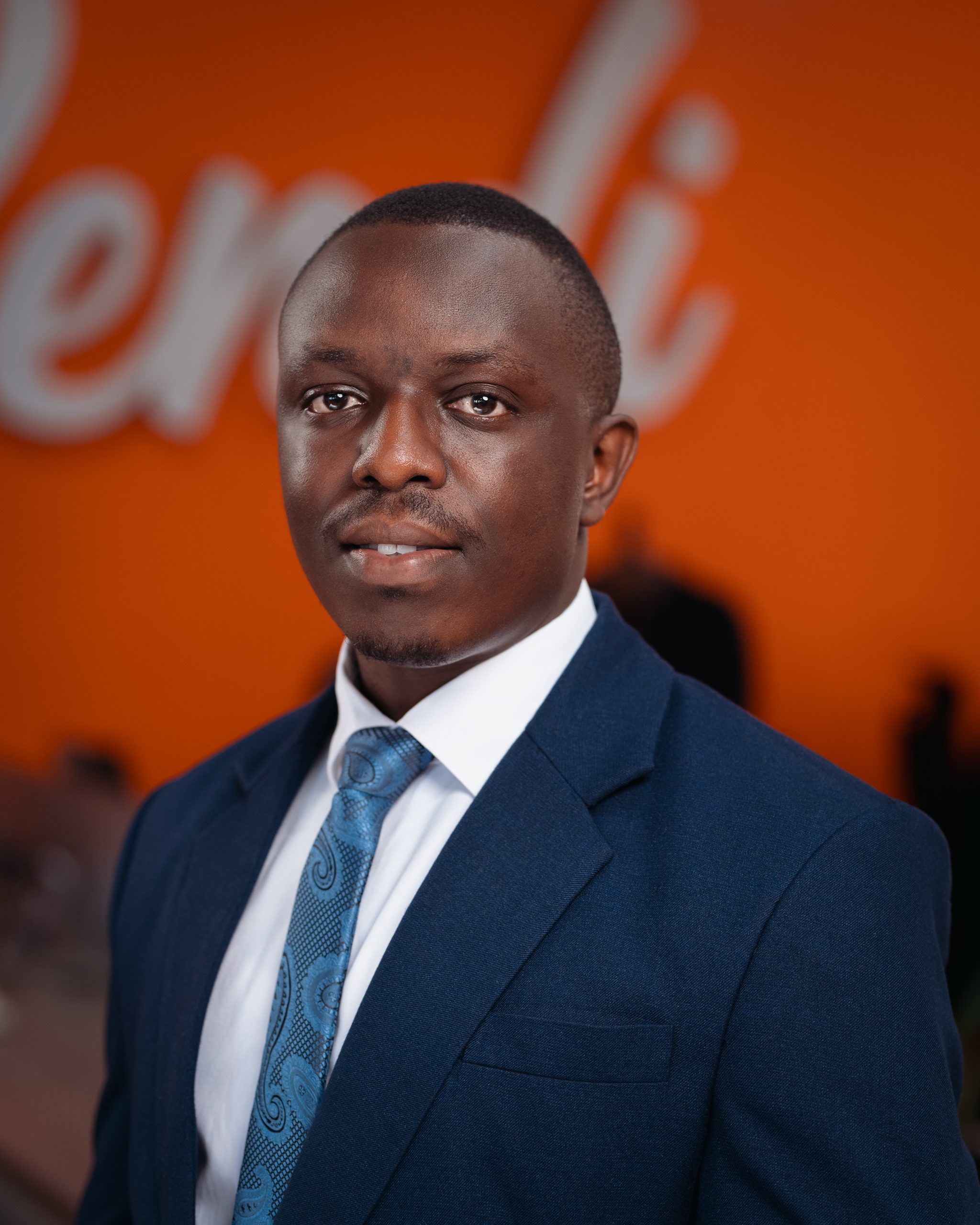
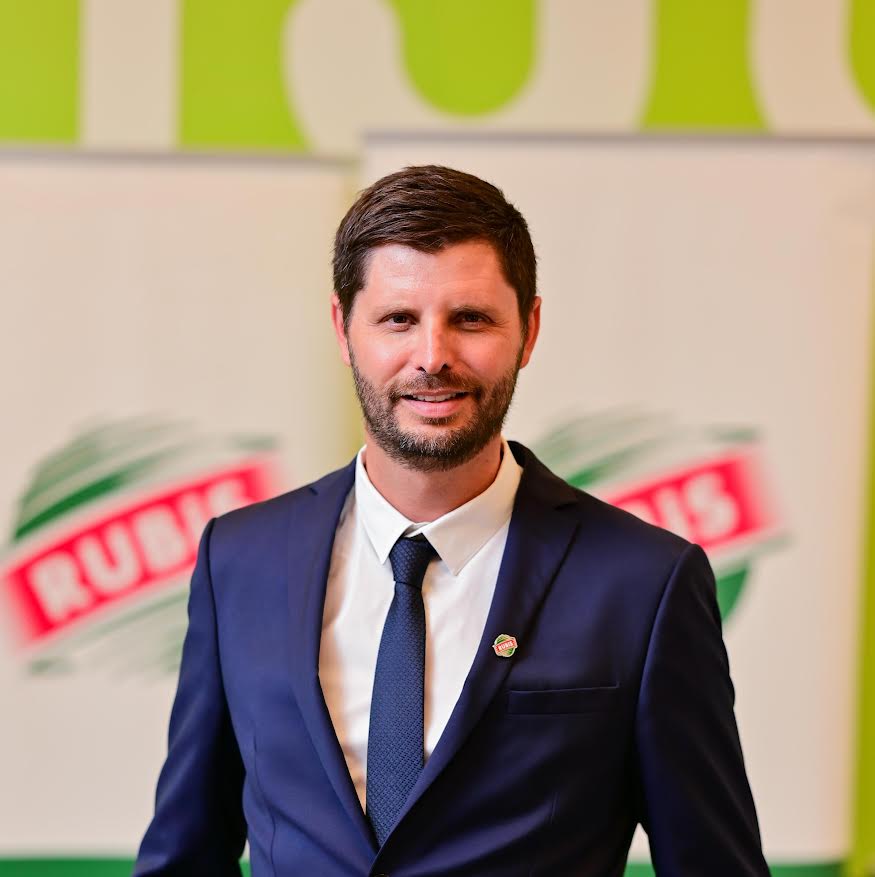


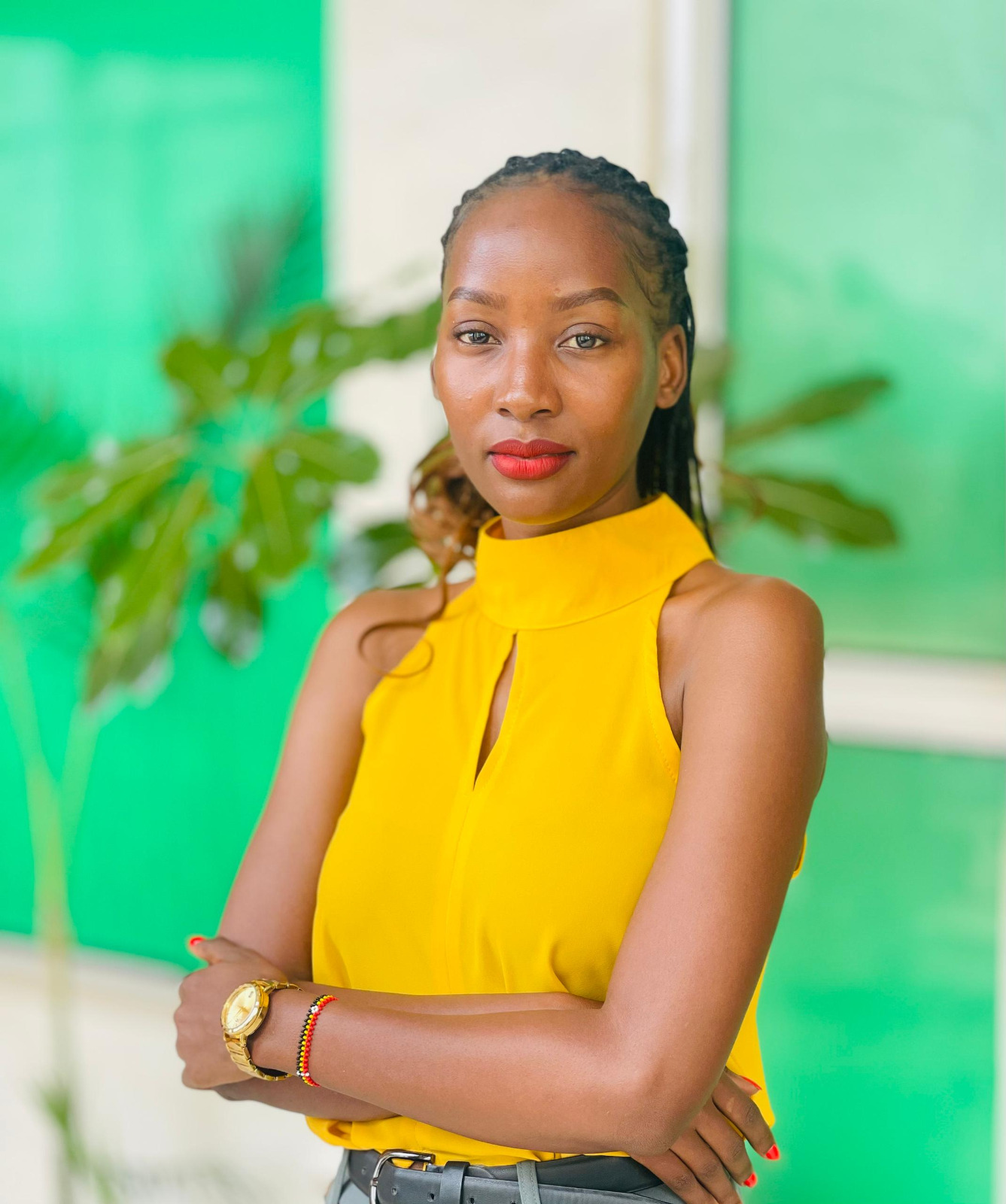
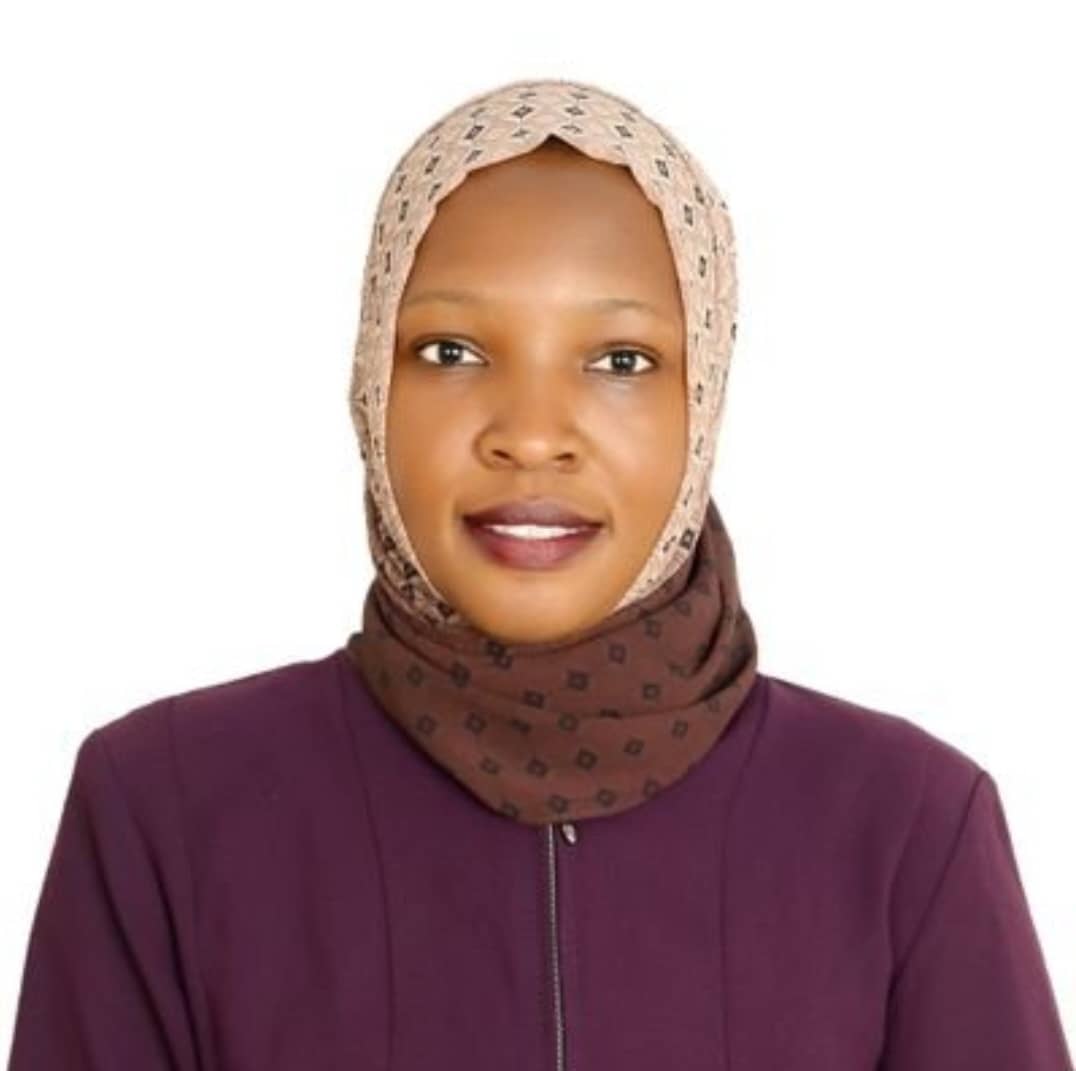


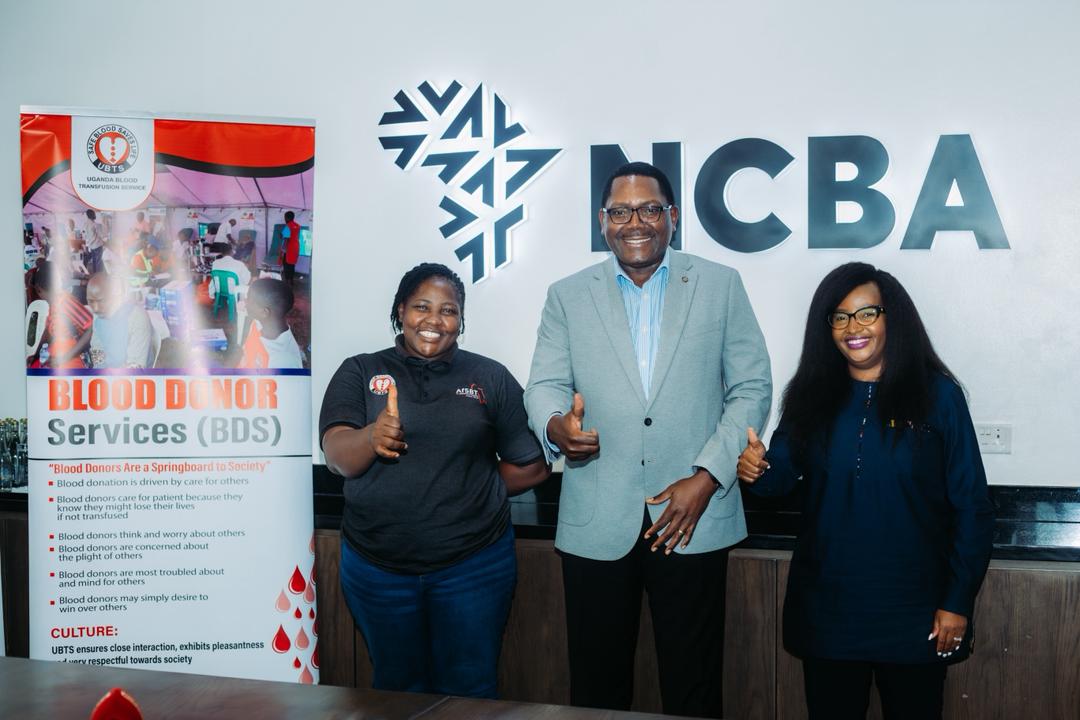
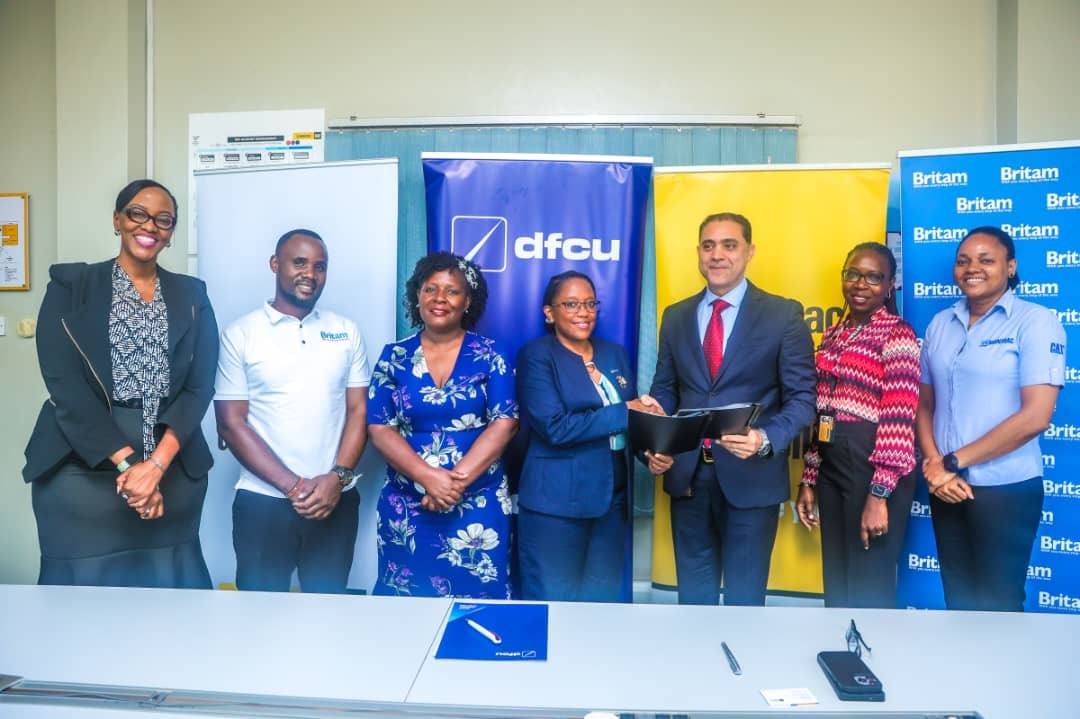
Leave a Reply